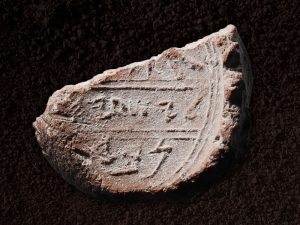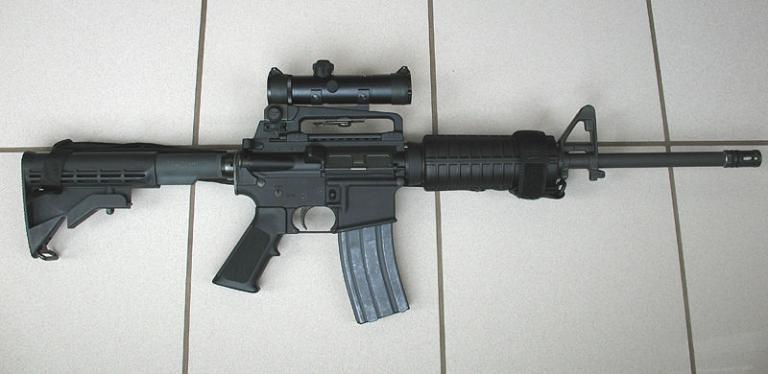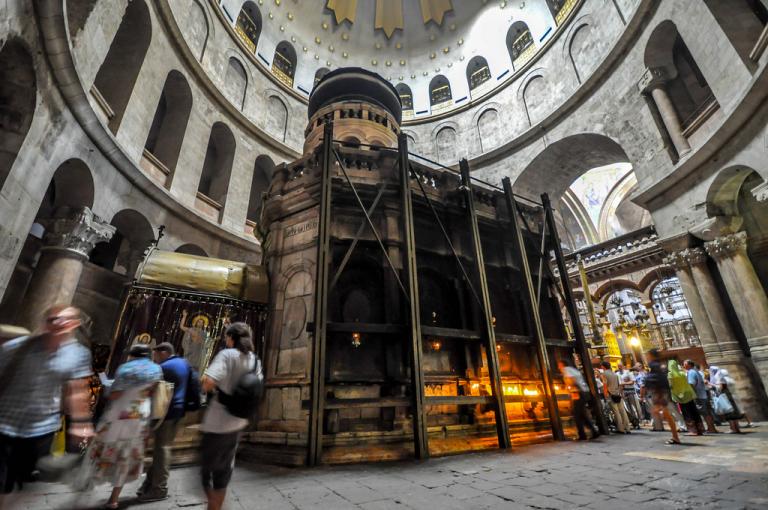
Archaeologists in Israel made a groundbreaking discovery this week. They say that they have found a seal mark that may bear the signature of the biblical Prophet Isaiah.
The 2,700-year-old stamped clay artifact was found during excavation at the foot of the southern wall of Jerusalem’s Temple Mount. It is inscribed with the name Yesha’yah[u] (Isaiah) in ancient Hebrew script.
According to the Bible, Isaiah was a counselor to the Judean king Hezekiah, which would make the find logical.
In ancient times a seal stamp, or bulla, was used to authenticate documents or items.
Dr. Eliat Mazar led the team that found the seal mark linked to the biblical prophet. The artifact was found among undisturbed Iron Age remains outside an ancient royal bakery.
“We found the eight-century B.C.E. seal mark that may have been made by the prophet Isaiah himself only 10 feet away from where we earlier discovered the highly-publicized bulla of King Hezekiah of Judah,” said Mazar in a statement.
The discovery was made as part of the Ophel Excavations at the foot of the southern wall of the Temple Mount in Jerusalem. But due to damage of the inscription, it isn’t possible to positively identify the seal. While the bulla is marked with the Hebrew name of Isaiah, it is followed by “nvy.” In order for “nvy” to spell out “prophet,” it would need to end with Hebrew letter aleph, but the damage makes that unclear.
“The absence of the final letter…requires that we leave open the possibility that it could just be the name Navi,” Mazar said. “The name of Isaiah, however, is clear.”
Isaiah’s close relationship with King Hezekiah is described in the Bible’s Second Book of Kings.
“If it is the case that this bulla is indeed that of the prophet Isaiah, then it should not come as a surprise to discover this bulla next to one bearing King Hezekiah’s name given the symbiotic relationship of the prophet Isaiah and King Hezekiah described in the Bible,” said Dr. Mazar.
The seal mark is just the last fascinating archeological find in Israel. There have been a number of archaeological breakthroughs this past year.
Earlier this month, for example, experts revealed that they had uncovered a rare multicolored Roman mosaic featuring three toga-wearing figures during excavations in the ancient city of Caesarea.
In January, archeologists announced the discovery of a large 1,500-year-old pool and elaborate fountain at the site of an ancient church near Jerusalem.
Last November, new evidence dated Christ’s tomb in Jerusalem’s Church of the Holy Sepulchre to the Roman era, matching historical records.
Archeologists also uncovered a stunning 1,500-year-old Christian mosaic in the ancient Mediterranean coastal city of Ashdod-Yam, now part of the modern city of Ashdod.
Other finds include the skeleton of a pregnant woman, dating back 3,200 years, in Israel’s Timna Valley, at a place once called King Solomon’s Mines. In October 2017, archaeologists in Jerusalem announced that they have uncovered a new section of the Western Wall that had been hidden for 1,700 years. Also in 2017, an ancient Greek inscription was found on a 1,500-year-old mosaic floor near the Damascus Gate in the Old City of Jerusalem.
Mazar’s article about the seal has been published in the Biblical Archaeology Review.


